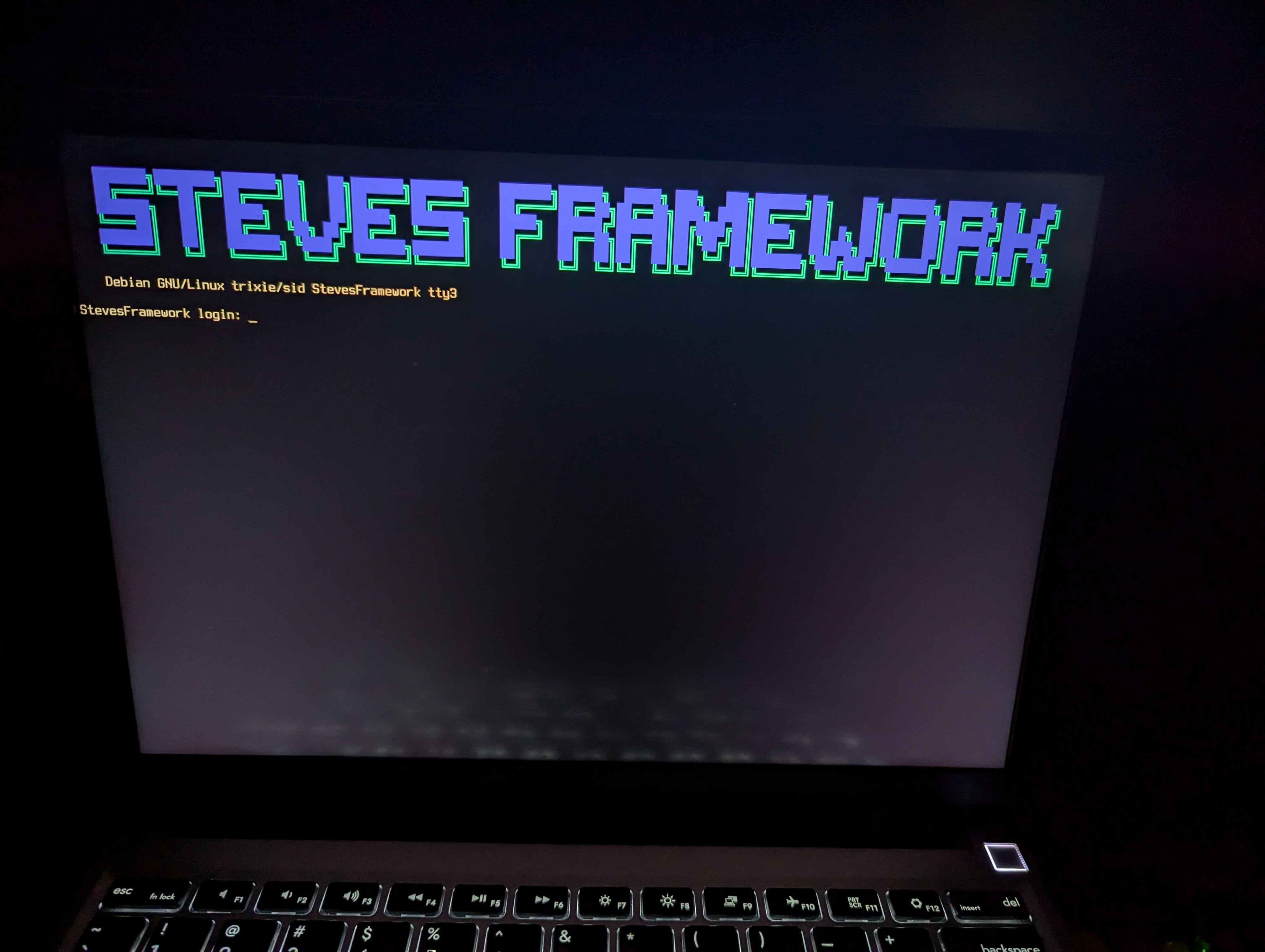

Cloudflare tunnels uses a QUIC connection between the cloudflared on the server and Cloudflare itself, which is encrypted similarly to HTTPS.
Whatever protocol cloudflared uses to talk to your webserver locally is configurable through the Cloudflare access web UI (just change http to https). I’ve actually got it configured to use unix sockets, which lets me treat it differently in my nginx config.


Satellite imagery seems cheaper than you might think though. I’ve had SkyFi in my favourites for a while after they sponsored a YouTube video, and they seem to start at $8 per km2 for a new photo or $2.50 for a previously taken one.